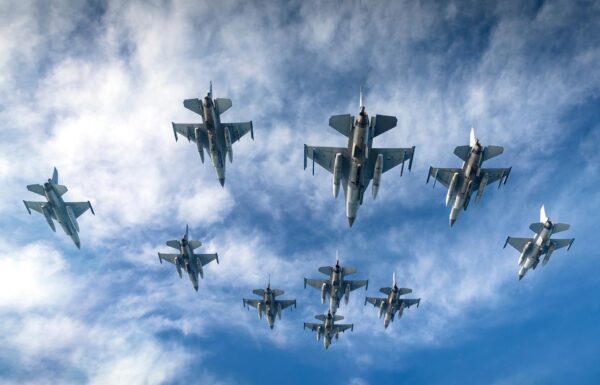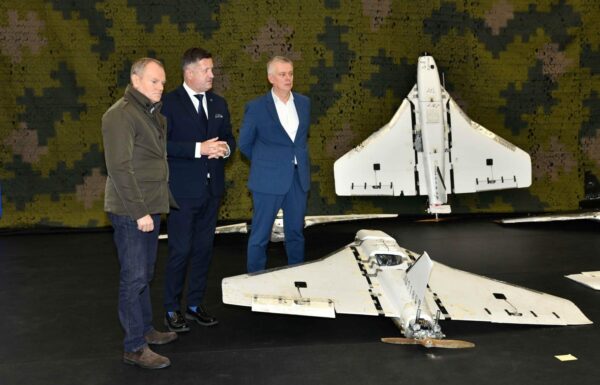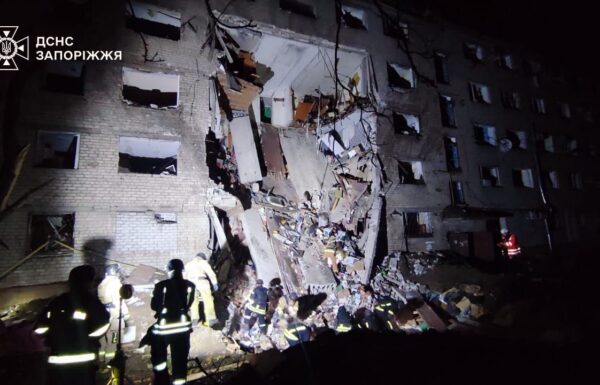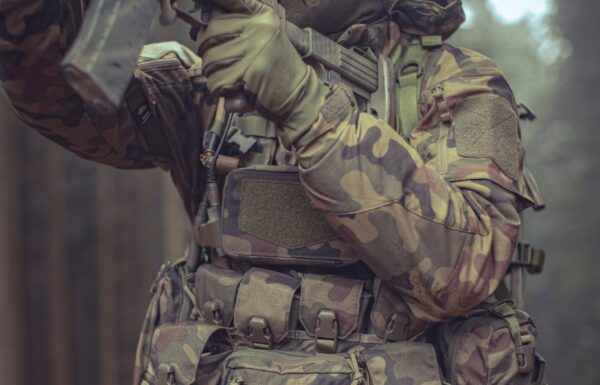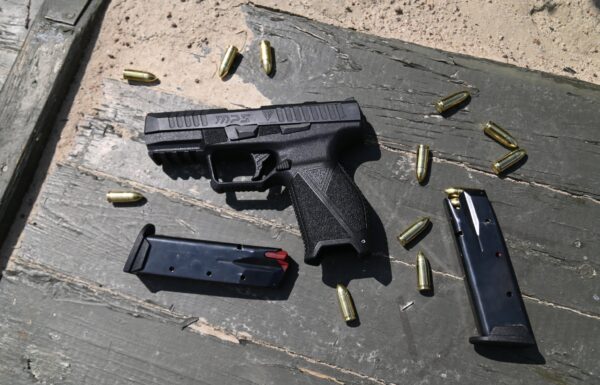On Wednesday, July 30, 2025, the U.S. Army Contracting Command (ACC) at Redstone Arsenal in Alabama, on behalf of the U.S. Department of Defense, signed a contract worth 264,594,352 USD with Dynetics Inc. (a subsidiary of Leidos) for the development of the Enduring Shield air defense system under the program codenamed IFPC Inc 2-I (Indirect Fire Protection Capability Increment 2-Intercept).
 Image: Dynetics Inc.
Image: Dynetics Inc.
The work will be carried out in Huntsville, Alabama; Dallastown, Pennsylvania; and Chanhassen, Minnesota, with completion scheduled for July 30, 2026. At the time the grant was awarded, the U.S. Army was obligated to allocate 127,875,297 USD for research, development, testing, and evaluation under the FY2025 defense budget (NDAA).
Currently, under the Indirect Fire Protection Capability Increment 2-Intercept (IFPC Inc 2-I) phase, a new Enduring Shield air defense launcher is being developed, based on the previously tested Multi-Mission Launcher (MML) by the U.S. Army. It has been initially integrated with AIM-9X Sidewinder surface-to-air missiles, and is expected to eventually employ a new missile codenamed SHIELD (Short & Intermediate Effectors for Layered Defense).
The primary sensor will be the standard AN/MPQ-64 Sentinel A3/A4 radar with active electronically scanned array (AESA) technology. The system will be integrated with the Integrated Battle Command System (IBCS), with initial testing conducted in December of last year.
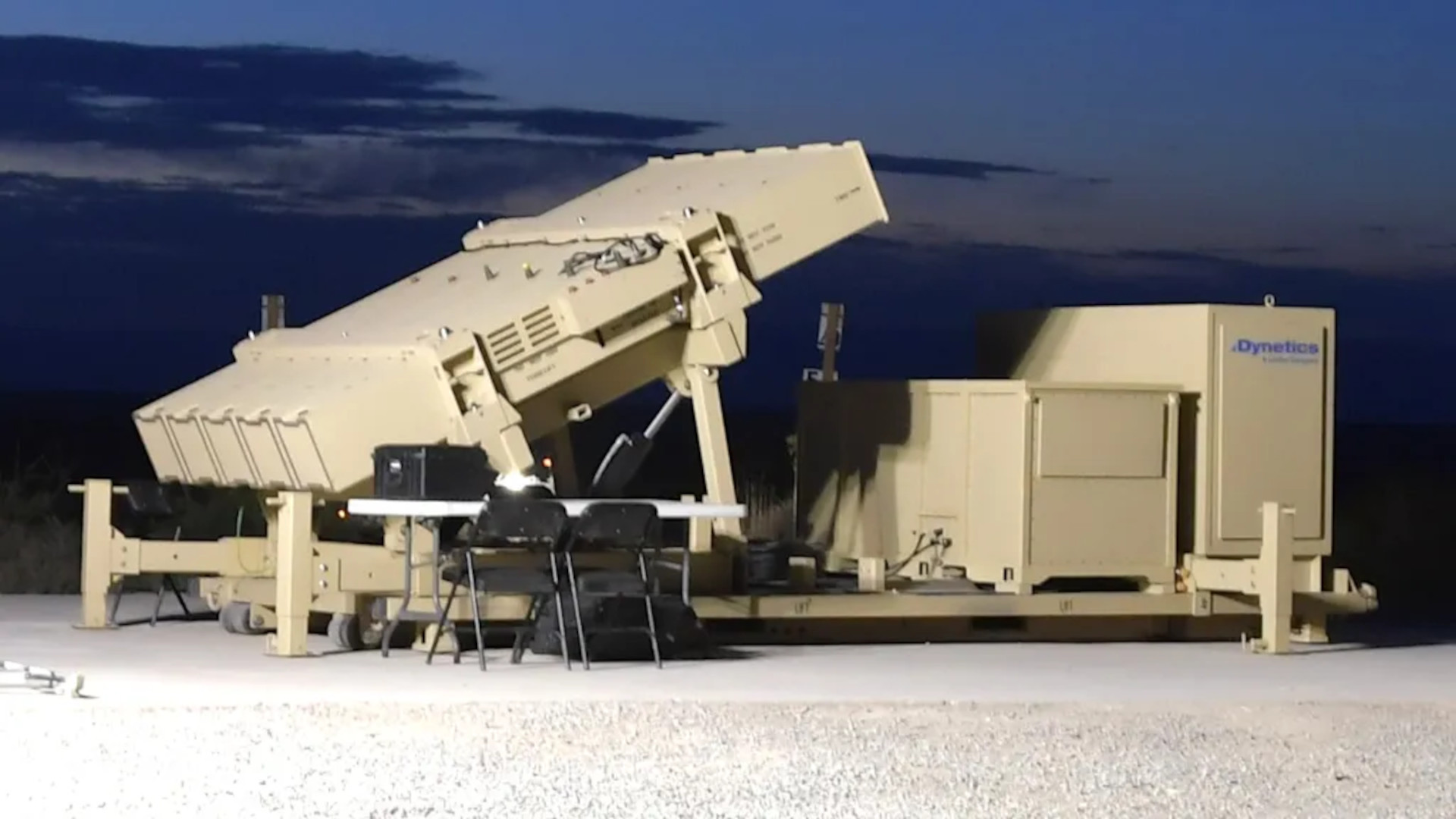 One of the 16 Enduring Shield launcher prototypes. As seen, it is still equipped with a limited number of launch cells / Photo: US Army
One of the 16 Enduring Shield launcher prototypes. As seen, it is still equipped with a limited number of launch cells / Photo: US Army
Plans call for the acquisition of up to 400 launchers (100 sets of 4 launchers each). The goal of the system is to counter a wide range of aerial threats, including unmanned aerial systems, cruise missiles (both subsonic and supersonic), rockets, artillery shells, and mortar rounds. The system is designed to fill a gap in the U.S. medium-range air defense, particularly in light of emerging threats, drawing on lessons learned from the conflict in Ukraine.
Meanwhile, the integration and testing of the Sidewinder missile with an early prototype of the Enduring Shield launcher was reported on December 19, 2023. The intended missile load per launcher is 18 missiles. Previously, the aforementioned MML launcher was used to test AGM-114L Longbow Hellfire anti-tank guided missiles against MQM-170 Outlaw drones simulating aerial targets. It was also used to test Lockheed Martin’s MHTK (Miniature Hit-to-Kill) kinetic interceptors. The launcher was additionally expected to be capable of firing Tamir and Stinger missiles.
The program encountered delays due to supply chain issues, which pushed the delivery of the first prototype from September 2022 to December 2023, and then to 2024. Operational evaluation of the system began in January 2024, and the U.S. Army ordered 16 prototype launchers.



